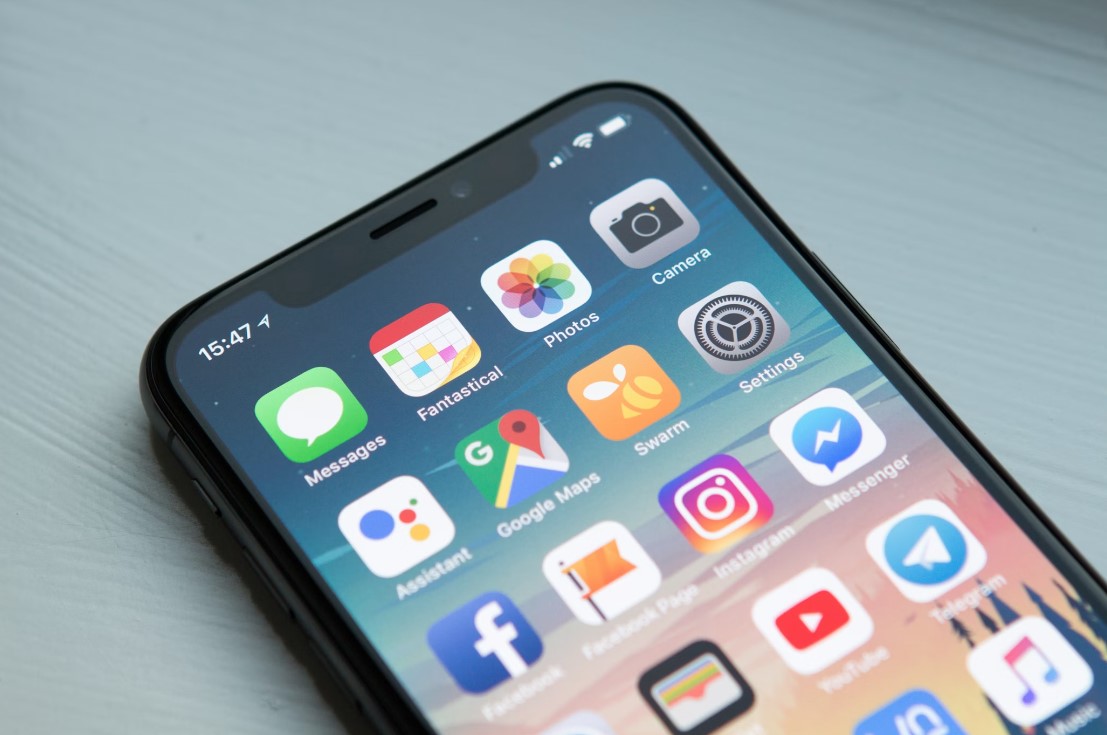The mobile app development landscape is advancing at an unprecedented rate, driven by rapid technological advancements, shifting user behaviors, and businesses’ insatiable appetite for innovative solutions. By 2025, we’ll see significant changes in how mobile apps are developed, deployed, and experienced. Whether you’re a business decision-maker, developer, or tech enthusiast, understanding the upcoming mobile app development technologies can aid you in staying ahead in a competitive market and gaining advantages on several fronts. Let’s dive into the top mobile app development trends that have a high chance of rising in 2025.

AI-powered personalization on a whole new level
The rise of AI has been reshaping mobile app development for years, but by 2025, personalization will be taken to an entirely new scale. Artificial intelligence won’t just power chatbots or recommendation engines anymore. It’ll anticipate what users need, adapt to their behavior, and provide real-time, individualized experiences in app. Picture an app that “knows” what you’re interested in today, serves up tailored content, and evolves its interface based on your habits.
For instance, imagine e-commerce apps that analyze not just what you’ve clicked but why. They’ll factor in trends in what people are buying, your unique style preferences, and even seasonal interests, adjusting offerings for each user. This evolution will extend beyond e-commerce to include sectors like fitness, banking, and learning. So, say goodbye to rigid interfaces and hello to fluid, AI-tailored experiences.
5G-powered apps for blazing-fast performance
With 5G becoming standard, the apps of 2025 will operate at speeds we haven’t seen before. The ultra-fast, low-latency nature of 5G will allow developers to bring out new, heavy-duty content, like high-definition streaming, complex games, and super-responsive video chats – all without maxing out your device’s battery or storage.
Applications relying on AR or VR will experience a massive boost from 5G, finally able to offer fluid, life-like experiences on mobile. Imagine multiplayer gaming that feels as smooth as a console experience or AR guides that make remote troubleshooting feel in-person. For anyone building apps, this means not just faster performance but new opportunities to rethink what’s possible in a mobile experience.
Super apps: A one-stop digital hub
The concept of “super apps” has already taken root in Asia, and we’re likely to see them spread across global markets by 2025. These apps do more than just one thing: they bundle multiple services, allowing users to do everything from ordering groceries to booking flights and sending messages – all within a single app.
Picture a user opening an app to pay bills, book a ride, order food, and manage finances, all without toggling between apps. Super apps not only simplify life for users but also create huge engagement opportunities for businesses. By consolidating different services in one place, they lower the barriers for users and increase loyalty.
Voice UI as a primary way of interaction
Voice tech is finally hitting its stride, and by 2025, we’ll see voice become a go-to input method for many apps. With advancements in NLP (natural language processing), mobile apps will be able to interpret voice commands more accurately than ever, making it easier for users to control apps, search content, and even type by speaking.
This trend will especially benefit people on the go, multitaskers, and those who prefer hands-free interactions. For developers, it’ll be essential to integrate voice as seamlessly as buttons or swipes in order to make sure apps understand context, handle complex requests, and respond naturally to spoken commands.
Augmented reality (AR) becomes commonplace
AR has been around for a while, but by 2025, we’ll see it used in ways that go beyond gimmicky features. With the capabilities of AR maturing, everyday uses are expanding. Imagine using AR in a retail app to see how the furniture fits in your living room or using an AR guide to find your way in a large venue.
Mobile AR will increasingly become part of shopping, learning, and navigation experiences, all thanks to advances in device power and 5G. Developers should start looking closely at AR frameworks and pay attention to updates in camera tech and processing capabilities because this trend is here to stay.
Security and privacy are non-negotiable
By 2025, trust will be a make-or-break factor for app users. People are more aware than ever of privacy risks and data security concerns. They’ll expect apps to handle data responsibly, with transparency around what’s collected, how it’s used, and how it’s stored.
This means app developers will be focusing on securing data, using biometrics, adopting end-to-end encryption, and following privacy regulations like GDPR and CCPA. Privacy-first design is expected to become a trend, meaning that users will be given clear, straightforward choices about what data they share. Apps that prioritize user control over data will have a competitive advantage.
Cross-platform apps reach native-like quality
Cross-platform frameworks like Flutter and React Native have been around, but by 2025, these platforms will be powerful enough to deliver performance that feels as seamless as native apps. This major shift is partly due to the increased demand for faster release cycles and more flexible development.
Imagine an app that works identically on iOS and Android without extra development cycles for each. With frameworks reaching native-like performance, developers can focus on delivering visually appealing and smooth user experiences across devices, making cross-platform development an attractive choice for more businesses.
Wearable devices and app integration get serious
Wearable tech like smartwatches, fitness trackers, and even smart clothing is getting smarter, and in 2025, apps will be built to seamlessly connect with them. The expanded use of sensors, more durable batteries, and the broader adoption of wearables will mean apps that support real-time health tracking, payments, and notifications.
As wearable devices become a regular part of people’s routines, apps that don’t integrate with them could start to feel outdated. For developers, optimizing apps to work with smaller screens, faster sync, and cross-device functionality will be essential as wearable demand grows.

Blockchain for greater security and transparency
Blockchain isn’t just for cryptocurrencies. In 2025, blockchain technology is expected to be embedded in more apps, bringing decentralized, secure options for everything from supply chain tracking to financial transactions. Blockchain will appeal to people who prioritize transparency and want control over their data, as it allows secure, tamper-proof transactions.
More apps will use blockchain for identity verification and digital ownership, including gaming and finance apps where trust and data control are vital. The result? Decentralized apps (dApps) may become mainstream, presenting users with more control over their digital identities and assets.
Low-code and no-code platforms widen access
Low-code and no-code platforms have transformed the app development process, and by 2025, they’ll be indispensable. These platforms make it possible for people without coding skills to create apps, meaning small businesses, solo entrepreneurs, and even non-tech teams can create functional apps.
While no-code options won’t replace traditional development for advanced apps, they’re essential for prototyping, customization, and quick-turnaround projects. Developers, too, can benefit by leveraging low-code tools for basic app functions, speeding up their workflows so they can focus on more complex, custom features.





